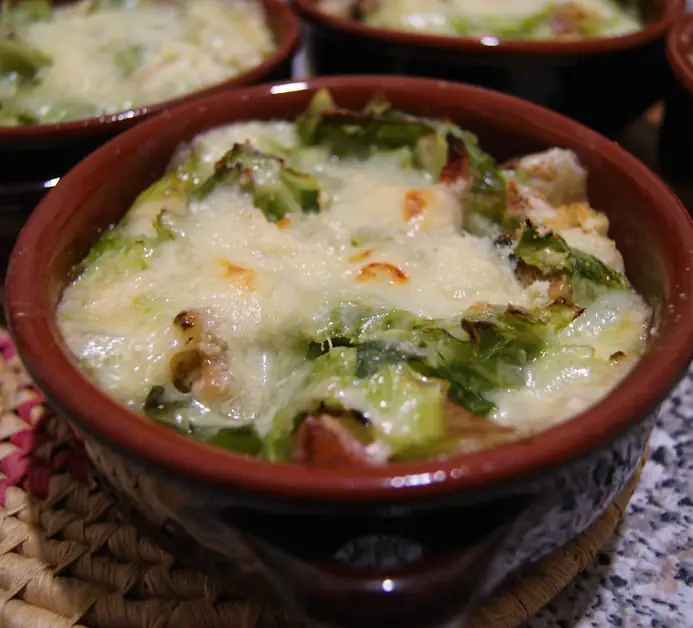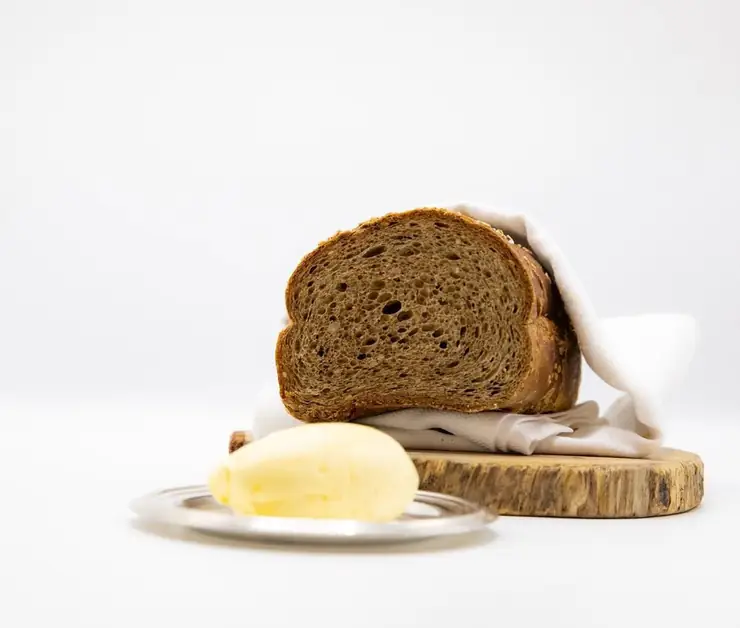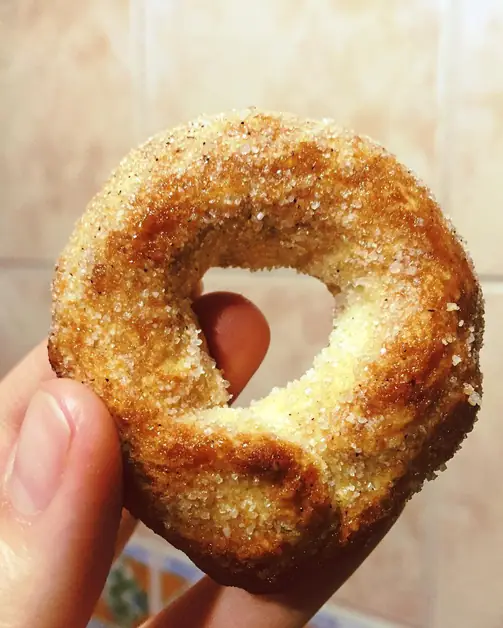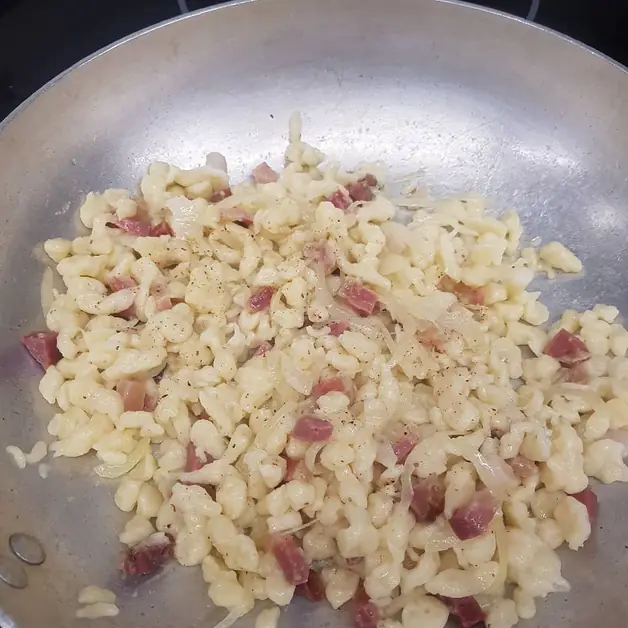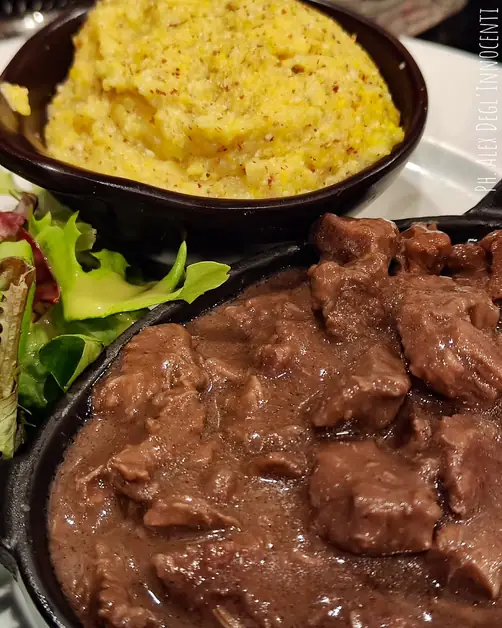The valdostano mécoulin a traditional sweet to discover
The valdostano mécoulin is a traditional sweet from Aosta Valley, symbol of celebration and conviviality.
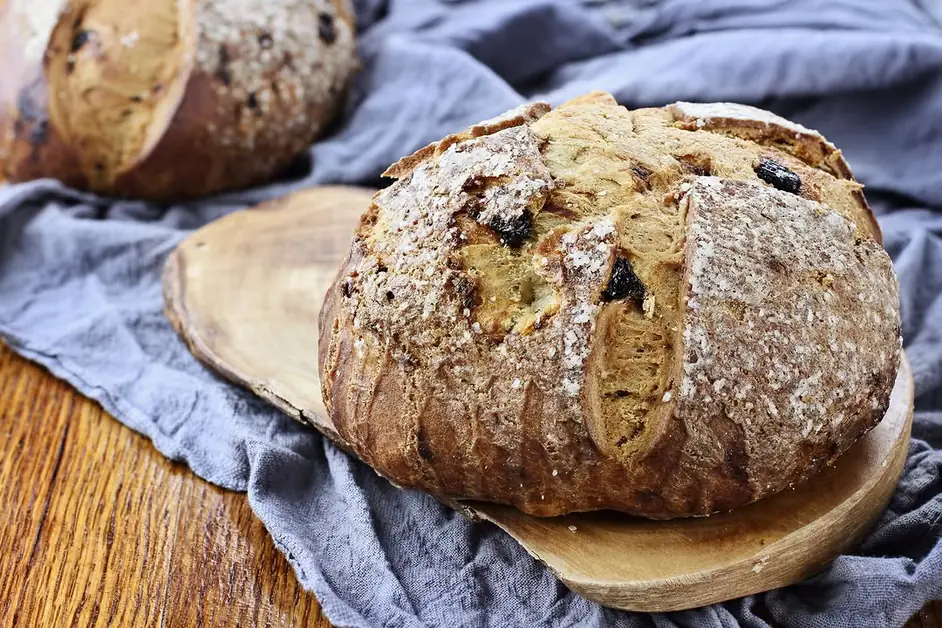
What is the valdostano mécoulin?
The mécoulin (or lou mécoulin, as it is called in the valdostano dialect) is a typical sweet from the Aosta Valley, originating from the town of Cogne. It is a sweet bread with raisins, soft, fragrant, and with a delicate flavor. This leavened bread, simple yet rich in taste, comes from the peasant tradition of the Aosta Valley, which knew how to transform poor ingredients into authentic delights. Today, the mécoulin is considered a true icon of local pastry and represents the quintessential Christmas sweet of the region.
What are the origins of the mécoulin?
The mécoulin has its roots in the peasant history of the Aosta Valley. In the past, in the mountain kitchens, families used simple ingredients such as flour, milk, eggs, butter, and sugar to create genuine sweets to share during the holidays. The addition of raisins, an ingredient considered precious, made this sweet bread a "luxury" product, reserved for special occasions like Christmas. Over time, the recipe from Cogne spread throughout the region, maintaining its charm.
What are the traditional ingredients of the valdostano mécoulin?
The classic recipe includes:
500 g of flour 00 25 g of brewer's yeast 120 g of sugar 2 eggs 100 g of soft butter 50 ml of seed oil 250 ml of lukewarm milk 150 g of raisins 2 tablespoons of rum Grated lemon zest A pinch of salt
These common ingredients, worked with patience and care, give rise to a soft and fragrant dough, perfect for accompanying winter breakfasts or for concluding a meal with joy.
How do you prepare the mécoulin step by step?
The preparation of the mécoulin requires time and attention, but the result rewards every effort.
1. Start by soaking the raisins in rum for 2-3 hours to rehydrate and flavor them. 2. In a large bowl, sift the flour and add the crumbled brewer's yeast. 3. In a small saucepan, heat the milk until lukewarm. In another bowl, beat the eggs and add sugar, oil, and soft butter in pieces. 4. Pour the eggs into the lukewarm milk, mix well, and then slowly combine this mixture with the flour. 5. Knead by hand until you obtain a smooth and homogeneous mass. Add a pinch of salt and the grated lemon zest. 6. Squeeze the raisins and incorporate them into the dough, distributing them evenly. 7. Form a ball and place it in a bowl covered with plastic wrap. Let it rise for about 6 hours, preferably in the turned-off oven with the light on. 8. After the time has passed, divide the dough into two loaves of equal size and make a circular cut on the surface of each. 9. Place the loaves on a baking sheet lined with parchment paper and let them rise again for 1 hour. 10. Bake in a preheated static oven at 180°C for about an hour, until the mécoulin becomes golden and fragrant.
What is the secret to getting a perfect mécoulin?
The secret lies in the slow rising and the quality of the ingredients. Using soft butter, high-quality raisins, and a pinch of grated lemon zest will make a difference. Additionally, it is important not to rush: a well-risen mécoulin will be soft and light, with a moist and fragrant crumb.
What does the valdostano mécoulin taste like?
The mécoulin has a delicate and enveloping flavor. The sweet taste of the dough combines with the aromatic notes of rum and lemon zest, while the raisins provide a pleasant natural sweetness. It is a rustic yet refined sweet, capable of winning over even the most discerning palates.
What is the difference between the mécoulin and the panettone?
The mécoulin is often compared to panettone, but in reality, they are two different products. The mécoulin is simpler and less buttery than panettone, with a texture more similar to that of a sweet bread. It does not contain candied fruit or glaze, but only raisins, and is baked in round or elongated shapes, without the tall mold typical of panettone. It is therefore a more rustic and mountain-style version of the classic Italian Christmas sweet.
How is the mécoulin served?
The mécoulin can be enjoyed in many ways:
Plain, accompanied by coffee or a cup of hot milk. With Cogne cream, for a completely valdostano pairing. Lightly toasted and served with mountain honey or blueberry jam. With a glass of sweet wine, such as Moscato or Blanc de Morgex et de La Salle.
It is also excellent for breakfast or as a snack after a day of skiing.
How long does the mécoulin last?
If stored in a food bag or in a cake dome, the mécoulin remains soft for 3-4 days. It can also be frozen in slices and heated in the oven or toaster at the time of consumption, keeping its fragrance intact.
Are there variations of the mécoulin?
Yes, some local versions include the addition of chestnuts, chocolate chips, or candied fruit. In certain areas of the Aosta Valley, it is customary to replace rum with genepy or grappa to give a more pronounced aroma. Each family keeps its own recipe, passed down from generation to generation.
When is the mécoulin prepared?
Traditionally, the mécoulin is prepared during the Christmas season, but today it can be found year-round in valdostano pastry shops and bakeries. It is a sweet that smells of home, celebration, and conviviality, perfect for any season.
What does the mécoulin represent for the Aosta Valley?
The mécoulin is a symbol of tradition and simplicity. Every bite tells the story of mountain families who, with few ingredients, knew how to create genuine sweets to celebrate important moments. It is also a perfect example of the valdostano art of enhancing the territory, thanks to the use of local products such as alpine butter and fresh milk.
